InTheViewFinder
TPF Noob!
- Joined
- Jul 16, 2007
- Messages
- 107
- Reaction score
- 0
- Can others edit my Photos
- Photos OK to edit
I'm not sure if this topic belongs in this forum:The Beginners Place, but I do have a question about layers in photoshop.
Well where do I begin I'm very much confused on layers itself in photoshop. I don't really understand how they work and what they are used for. I've experimented on layers on photos, but I think that just got me more confused.
I do know that you can use selective coloring, but I don't know how to do that either. Thats about the only thing I know that they are used for.
So can anyone explain what and how (etc) layers are used on a photo and photoshop? I would appreciate the help.
Well where do I begin I'm very much confused on layers itself in photoshop. I don't really understand how they work and what they are used for. I've experimented on layers on photos, but I think that just got me more confused.
I do know that you can use selective coloring, but I don't know how to do that either. Thats about the only thing I know that they are used for.
So can anyone explain what and how (etc) layers are used on a photo and photoshop? I would appreciate the help.


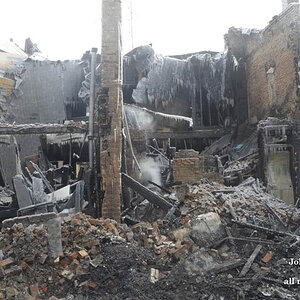


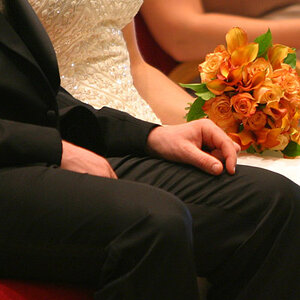
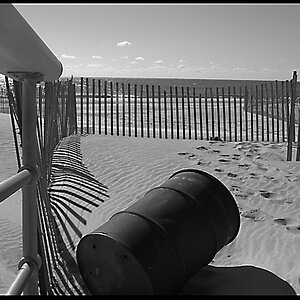
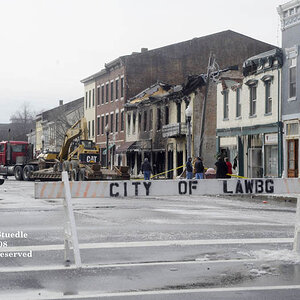
![[No title]](/data/xfmg/thumbnail/31/31980-e5048a424621c7b3cd0d306d63c09d67.jpg?1619735137)
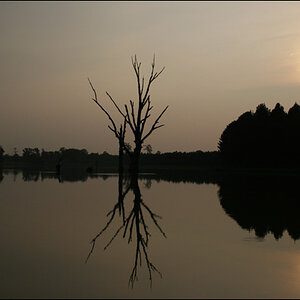

![[No title]](/data/xfmg/thumbnail/37/37605-90c8efaef5b7d1f52d4bf8e7dfd33673.jpg?1619738148)
![[No title]](/data/xfmg/thumbnail/39/39225-99d579cd498f8f152a288d7e8e7ad2a4.jpg?1619738926)
